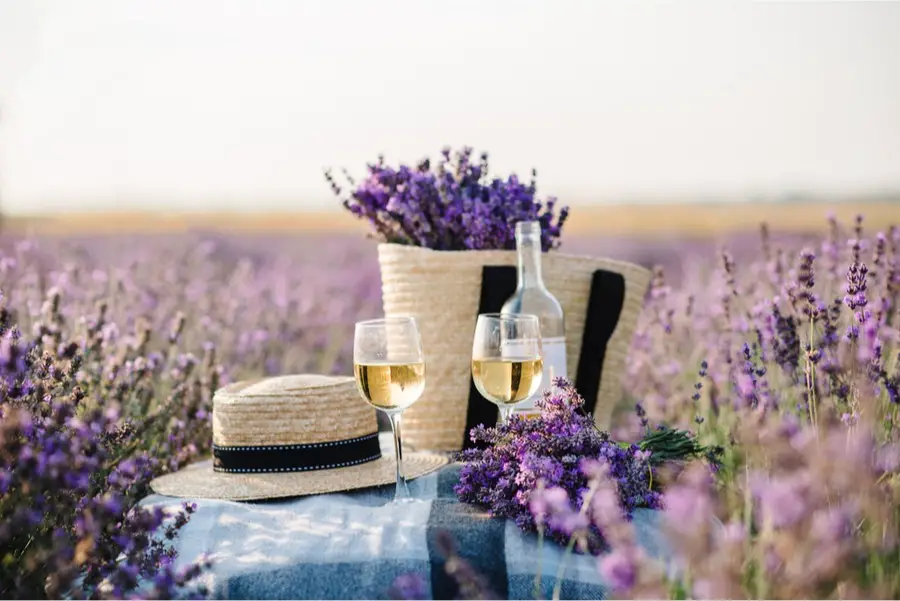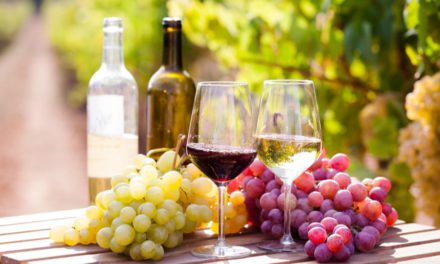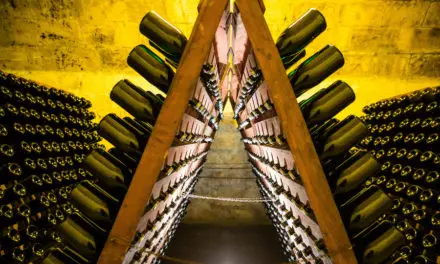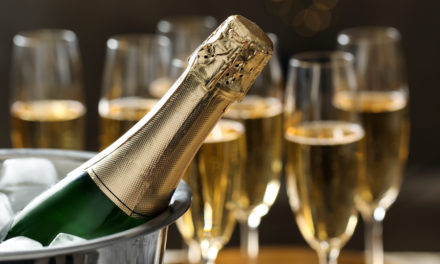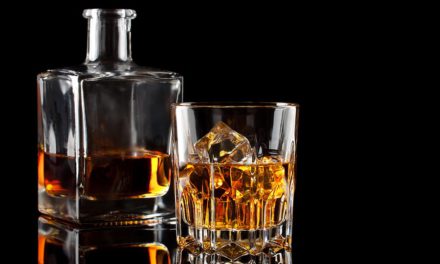By now you probably already know that France is undoubtedly the country that has influenced the world’s wine industry the most, much as it has influenced cheese. But if you are a wine lover, you will probably have noticed that unlike wines from other countries where the wine emphasizes the grape variety used as a Chardonnay, for example, in the case of French wines this is not the case, commonly the labels on French wine bottles mention regions rather than grape varieties.
To read a French wine label, it emphasizes the region or appellation in which it was produced. Throughout the hundreds of years of winemaking history, the French were looking for flavors and notes that would please the market and that would pair perfectly with the food of their respective region. As a result, French wines are generally blends of different types. of grape varieties.
So logically the next question you will ask yourself is, where is this region located in the country, what climate does it have, what grape varieties are commonly used in the region, etc. In this article we will be trying to detail the different wine regions of the hexagon and the grape varieties they are used to.
What are the wine-growing regions of France?
There are currently 14 wine-growing regions in France. Not counting Cognac and Armagnac, which are two specific regions of the country that produce the brandies from distilling wine. But for the present article we seek to present the main regions of vineyards dedicated to wine.
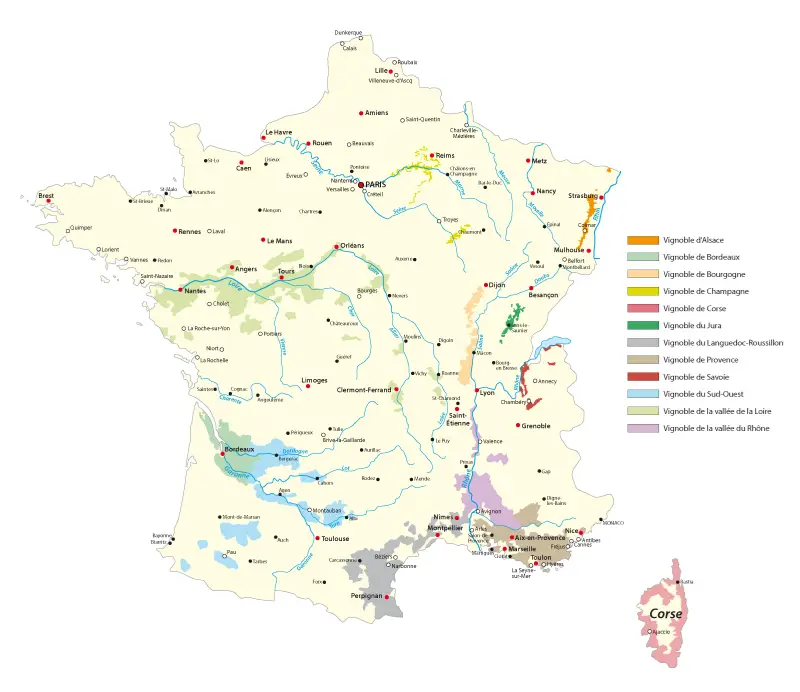
Regions of France
- Alsace (Official Site): Mainly white wines, 90%. Their wines are considered quite original as the grape varieties used are generally used only in Alsace. They use mainly Riesling, Pinot Blanc, Gewurztraminer, Sylvaner, Tokay Pinot Gris.
- Beaujolais (Official Site): Special region because it is in an area where three types of climates are found, oceanic, Mediterranean, and continental. 94,5% of its production are red wines and its market is mainly national, i.e., very little exportation. It has no classification.
- Bordeaux (Official Site): One of the best-known regions thanks to its geographical location, it was one of the regions that first began to export and therefore to become known with globalization. At the same time, it is the region that had the creation of the first “Cru” classification, the famous “Classement de 1855”. Bordeaux also holds the record for the highest-value bottle of wine sold at auction.
- Bourgogne (Official Site): With a production of 200 million bottles per year, 50% of its production is exported. Unlike other regions, here 60% of the production is white wine. It has a peculiar classification; they invented the term “climate” to refer to small geographical areas in which one or several domains can be found.
- Champagne (Official Site): Region famous for being the region where the “mousseux” symbol of partying and the life of luxury and success is made, Champagne. Possibly because the wine from this region was intrinsically linked to French royalty from its beginnings with the birth of the Kingdom of France, as Clovis I was baptized in Reims. Legend has it that a monk named Dom Perignon was behind the invention of Champagne as we know it today.
- Corse (Official site): Developed by the Greeks and Romans. Nowadays it has 5.782 hectares. 22% of production is organic wine. Region with Mediterranean and marine climate. Possibly the wine-growing region in France that receives the most sunshine. It has native grape varieties such as Sciaccarello and Niellucciu. It has no classification.
- Jura (Official site): The smallest wine-growing region in France, little known for a long time due to its low supply, it has specialized in making quality wine producing only 60,000 hectoliters a year. Light reds, low in tannins and whites predominantly Chardonnay and Savagnin. It has no classification.
- Languedoc-Rousillon (Official site): In spite of being a very old vine growing region, for a long time it was considered as a non-quality wine region, from the second half of the 20th century, in order to compete against Chilean, Argentinean and even Spanish wines, they tried to increase the quality and reduce the offer. It has no classification.
- Lorraine (Official site): A region that does not live up to its past, after the phylloxéra crisis, and the first world war (the famous trenches were located in the region) it has struggled to return to its splendor. It does not export. It has no classification.
- Provence (Official site): Region where the famous Rosé wine originated. It produces between 1.2 and 1.3 million hectoliters of which 90% is Rosé wine. Interesting fact is that 60% of its production is exported to U.S.A. and U.K. It has no classification.
- Rhône (Official site): It has some of the oldest wine-growing estates in France. In Marseille, the Greeks were already planting vines in the 4th century BC. An interesting fact about this region is that in the 13th century the King of France Louis VIII gave Pope Gregory X, Comtat Venaissin, who built a summer residence at Châteauneuf du Pape. With 250 km, it is one of the most renowned regions of France. Its red wines are distinguished for being light and very aromatic.
- Savoie-Bugey (Official site): Region known for the Alps; it produces wine with an annual production of 16 million bottles each year. Its main production is Rosé wines with 48% and white wines with 38%. But among all the production, its main product is effervescent wines which represent 60%. Almost no exports. Special climate, in summer it is influenced by the Mediterranean climate and in winter it is more continental climate. No classification.
- Sud-Ouest (Official site): Region known for the route of Santiago de Compostela. Although ancestral, the region did not reach its splendor until the 70’s in the last century. Thanks to the diversity of microclimates, so varied is its wine offer. It has no classification.
- Vallée de la Loire (Official site): Called the garden of France. It is one of the largest wine-growing regions with 800 km from the Massif Central to Nantes. First vines were planted by the Romans 2000 years ago. It has no classification.
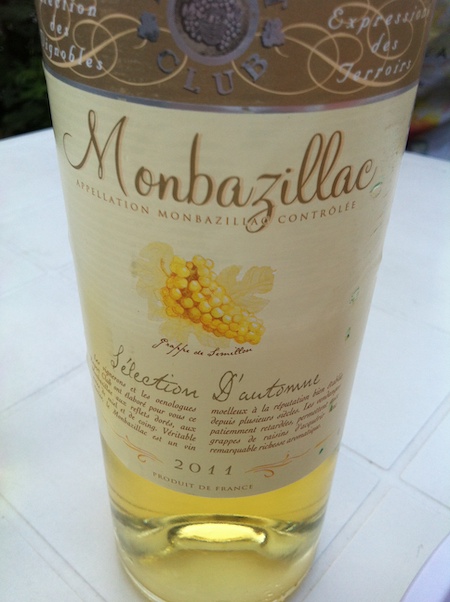
What are the top ten grape varieties in the French wine industry?
In France we can count on more than 200 grape varieties authorized to be planted in the country, but despite this only 10 cover more than 70% of the vineyards.
| Grape Variety | Colour | % Total Area | Region |
| Merlot | Black | 13,9% | Bordeaux (Saint-Émilion, Pomerol), Sud-Ouest, Languedoc-Rousillon |
| Ugni Blanc | White | 10,2% | Cognac |
| Grenache Noir | Black | 10,0% | Languedoc-Rousillon, Provence, Côtes du Rhône, Beaujolais, |
| Syrah | Black | 7,9% | Vallée du Rhône, Provence, Beaujolais, Languedoc-Rousillon, Sud-Ouest |
| Chardonnay | White | 6,3% | Bourgogne, Champagne, Vallée de la Loire, Beaujolais, Jura, Languedoc-Rousillon, Sud-Ouest |
| Cabernet Sauvignon | Black | 6,0% | Bordeaux (Médoc, Graves)Languedoc-Rousillon, |
| Cabernet Franc | Black | 4,1% | Vallée de la Loire, Bordeaux |
| Carignan Noir | Black | 4,1% | Languedoc-Roussillon, Côtes du Rhône, Provence. |
| Pinot Noir | Black | 4,0% | Bourgogne, Champagne, Alsace, Vallée de la Loire, SavoieJura. |
| Sauvignon Blanc | White | 3,7% | Vallée de la Loire, Sud-Ouest, Bordeaux (Graves, Entre-deux-Mers, Sauternes) |
What are the most common grape varieties in the French wine industry?
Apart from the above 10 grapes, the following are other common grapes in France.
- Black Grapes:
| Grape | Region | Origin |
| Cinsault | Languedoc-Rousillon | France |
| Gamay | Bourgogne, Beaujolais, Lorraine, Savoie, Vallée de la Loire | France |
| Malbec | Sud-Ouest | France |
| Mourvèdre | Languedoc-Rousillon, Rhône | Spain |
| Pinot Meunier(Schwarzriesling) | Champagne, Lorraine | France |
- White grapes
| Grape | Region | Origin |
| Bourboulenc | Languedoc-Rousillon, Rhône | France |
| Clairette | Languedoc-Rousillon, Rhône | France |
| Chenin | Vallée de la Loire, | France |
| Grenache Blanc | Languedoc-Rousillon | Spain |
| Muscadelle | Bordeaux | France |
| Muscat | Languedoc-Rousillon | |
| Pinot Blanc | Alsace, Bourgogne, Champagne, Lorraine | France |
| Riesling | Lorraine, | German |
| Savagnin | Jura | Alps |
| Semillon | Bordeaux | France |
| Vermentino | Corse, Languedoc-Rousillon | Italy |
How many French wine appellations are there?
France had as many as 363 PDOs and 74 PGIs in 2018. These are some of the most famous appellations in France that we can name.
Alsace:
- Alsace Grand Cru
- Alsace
- Crémant d’Alsace
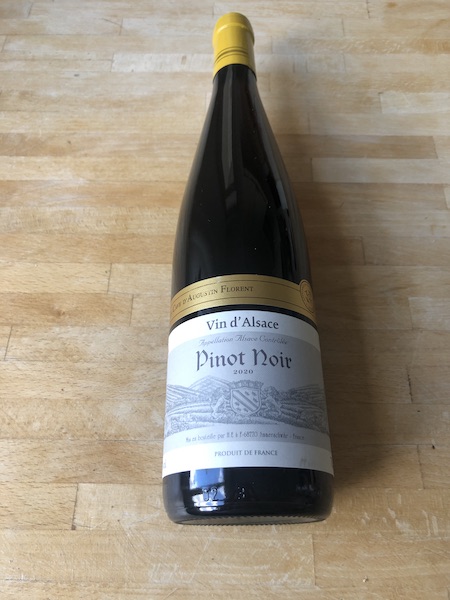
Beaujolais:
- Saint-Amour,
- Beaujolais,
- Chénas
- Morgon
- Régnié
Bordeaux
- Médoc
- Pauillac
- Margaux
- Blaye
- Bourg & Côtes de Bourg
- Saint-Émilion
- Fronsac
- Pomerol
- Loupiac
- Sauternes
- Graves
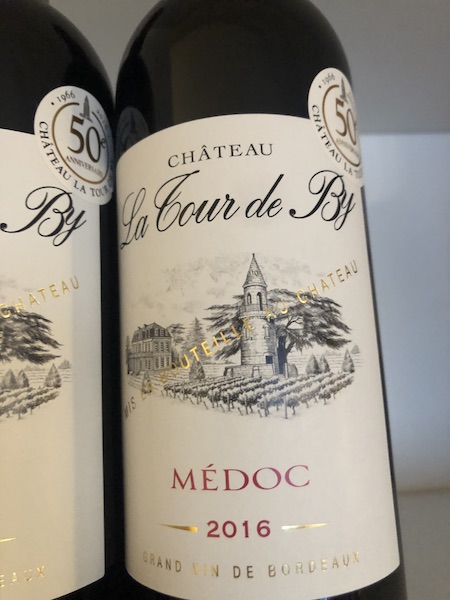
Bourgogne:
- Volnay
- Mâcon
- Chablis
- Meursault
- Romanée Conti
- Nuits-Saint-Georges
- Bourgogne Côte Chalonnaise
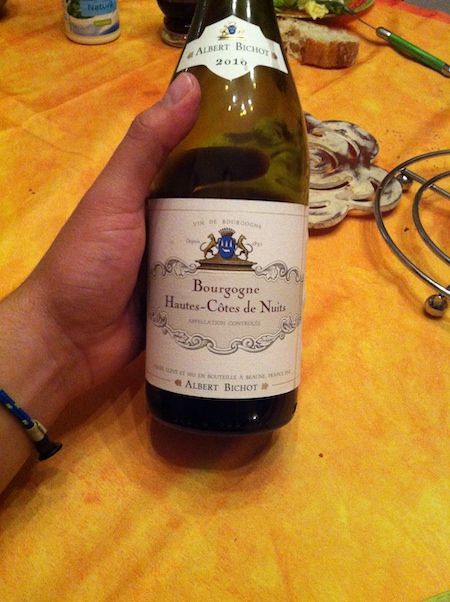
Champagne
- Champagne
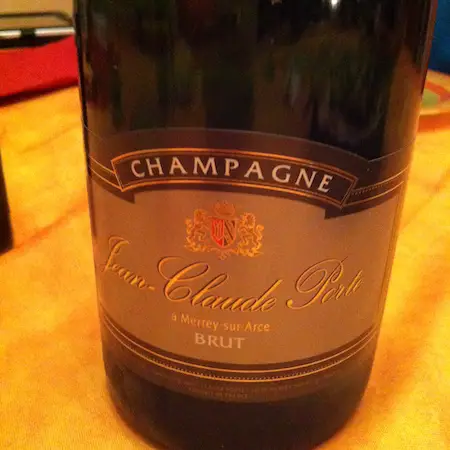
Jura :
- Côtes du Jura
- Crémant du Jura
- Macvin du Jura
- Château-Chalon
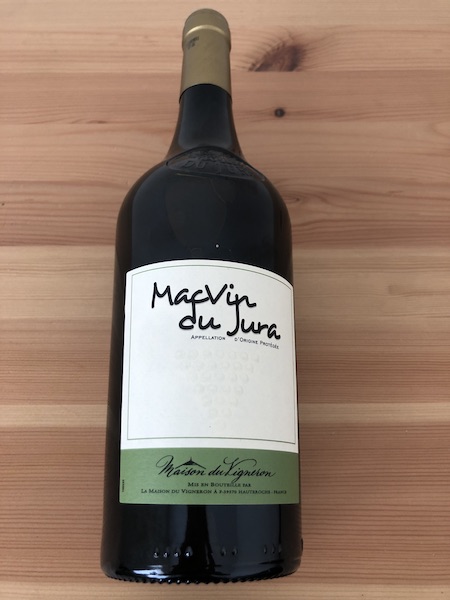
Languedoc-Roussillon
- Minervois-La Livinière
- Corbières-Boutenac
- Faugères,
- La Clape
- Fitou
Provence
- Côtes de Provence
- Coteaux d’Aix-en Provence
- Coteaux Varois en Provence
Rhône
- Châteauneuf-du-Pape
- Côte Rôtie
- Condrieux
- Clairette-de-die
- Château Grillet
- Hermitage
- Crozes-Hermitage
- Gigondas
- Côtes du Ventoux
- Saint Joseph
Savoie
- Seyssel
- Vin de Savoie
- Roussette de Savoie
Vallée de la Loire:
- Sancerre
- Muscadet de Sèvre et Maine-et-Loire
- Saumur-Champugny,
- Vouvray
- Pouilly-Fumé
- Bonnezeaux
- Bourgeuil
- Anjou
- Chinon

